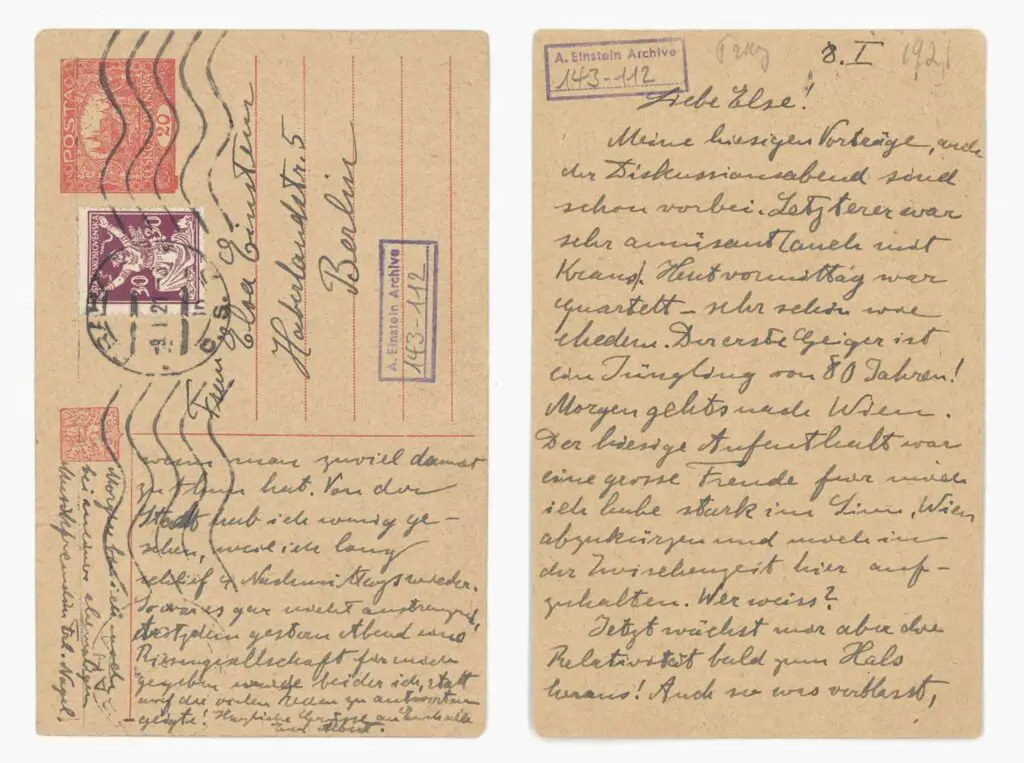Epistolary novels have been a beloved literary form epistolary novel for centuries, captivating readers with their unique storytelling style. These novels, composed entirely of letters, diary entries, and other personal documents, offer a deeply intimate glimpse into the characters’ lives. In this blog, we will explore the charm and significance of epistolary novels, their historical context, and why they continue to enchant readers today.
The Historical Roots of Epistolary Novels
The epistolary novel has a rich history, dating back to the early 18th century. One of the earliest and most famous examples is Samuel Richardson’s “Pamela,” published in 1740. This novel, written in the form of letters, tells the story of a young maid’s trials and triumphs. The format allowed Richardson to delve deeply into Pamela’s thoughts and emotions, creating a vivid and personal narrative that was revolutionary for its time. The epistolary format quickly gained popularity, with writers like Jean-Jacques Rousseau and Johann Wolfgang von Goethe contributing to its development.
The Unique Appeal of Epistolary Novels
What sets the epistolary apart from other literary forms is its ability to create a sense of immediacy and intimacy. Readers are privy to the characters’ most private thoughts and feelings, often expressed in their own words. This direct line of communication fosters a strong connection between the reader and the characters. In an epistolary the act of writing itself becomes a central theme, adding layers of meaning to the narrative. The fragmented nature of letters and diary entries can also create suspense and intrigue, as readers piece together the story from multiple perspectives.
Modern Takes on the Epistolary Novel
While the traditional epistolary novel format has its roots in the past, contemporary authors continue to experiment with and reinvent this genre. Modern epistolary might incorporate emails, text messages, and social media posts, reflecting how our modes of communication have evolved. For example, “Attachments” by Rainbow Rowell uses email exchanges to tell a charming and relatable story about love and friendship in the digital age. This evolution of the epistolary shows its enduring relevance and adaptability.
The Enduring Charm of Novels
Despite the changes in how we communicate, the core appeal of the epistolary remains unchanged. These novels provide a window into the inner lives of characters, allowing readers to experience their joys, sorrows, and everything in between. The epistolary format’s inherent intimacy and immediacy continue to draw readers in, making it a timeless and beloved genre. Whether through handwritten letters or digital messages, the epistolary novel captures the essence of human connection in a way few other literary forms can.
Conclusion: Why Epistolary Novels Still Matter
The epistolary novel is a testament to the power of personal storytelling. By presenting narratives through letters and other personal documents, these novels create a unique and immersive reading experience. The focus keyword, epistolary underscores the enduring significance of this genre. As communication methods evolve, so too does the epistolary continually finding new ways to resonate with readers. Whether you are a longtime fan or a newcomer to the genre, exploring epistolary offers a rewarding and intimate literary journey.









